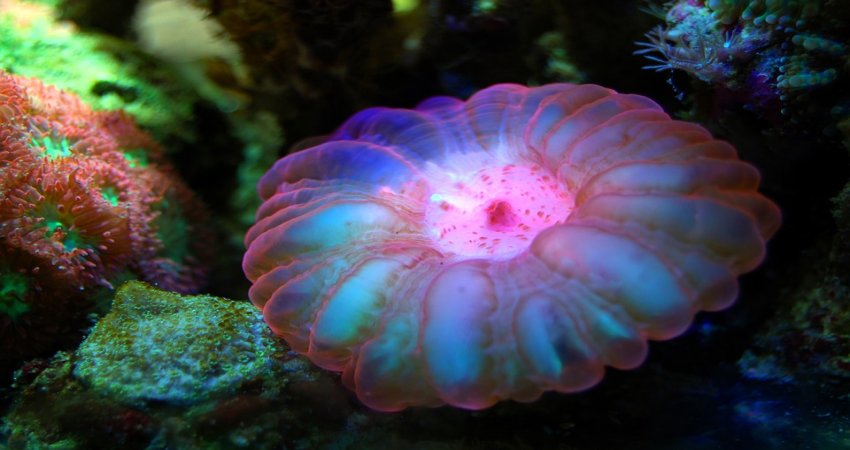LionGlass – Cuts Carbon Footprint By Nearly Half And Is 10x More Damage Resistant
Eddie Gonzales Jr. – MessageToEagle.com – Researchers at Penn State have engineered a new type of glass that promises to cut this carbon footprint in half.
Their invention – LionGlass – requires significantly less energy to produce and is much more damage resistant than standard soda lime silicate glass.
 A sample of LionGlass, a new type of glass engineered by researchers at Penn State. Credit: Adrienne Berard / Penn State
A sample of LionGlass, a new type of glass engineered by researchers at Penn State. Credit: Adrienne Berard / Penn State
“Our goal is to make glass manufacturing sustainable for the long term,” said John Mauro, Dorothy Pate Enright Professor of Materials Science and Engineering at Penn State and lead researcher on the project, in a press release.
“LionGlass eliminates the use of carbon-containing batch materials and significantly lowers the melting temperature of glass.”
“During the glass melting process, the carbonates decompose into oxides and produce carbon dioxide, which gets released into the atmosphere,” said Mauro, adding the most of the CO2 emissions come from the energy required to heat furnaces to the high temperatures needed for melting glass.
With LionGlass, on the other hand, the melting temperatures are lowered by about 300 to 400 degrees Celsius, which leads to a roughly 30% reduction in energy consumption compared to conventional soda lime glass, as LionGlass is easier on the environment, and much stronger than conventional glass.
It is at least 10 times as crack-resistant compared to standard soda lime glass, which forms cracks under a load of about 0.1 kilograms force.
However, the limits of LionGlass have not yet been found, because they reached the maximum load allowed by the indentation equipment.
“We kept increasing the weight on LionGlass until we reached the maximum load the equipment will allow,” said Nick Clark, a postdoctoral fellow in Mauro’s lab. “It simply wouldn’t crack.”
Mauro further explained that crack resistance one of the most important qualities to test for in glass, because it is how the material eventually fails.
“Damage resistance is a particularly important property for glass,” Mauro said. “Think about all the ways we rely on the strength of glass, in the automotive industry and electronics industry, architecture, and communication technology like fiber optic cables. Even in health care, vaccines are stored in strong, chemically resistant glass packaging.”
Mauro is hoping that the improved strength of LionGlass means the products created from it can be lighter weight. Since LionGlass is 10 times more damage resistant than current glass, it could be significantly thinner.
“We should be able to reduce the thickness and still get the same level of damage resistance,” Mauro said. “If we have a lighter-weight product, that is even better for the environment, because we use less raw materials and need less energy to produce it. Even downstream, for transportation, that reduces the energy required to transport the glass, so it’s a winning situation for everyone.”
Researchers have filed a patent application for the entire family of glass, which means there are many compositions within the LionGlass family, each with its own distinct properties and potential applications..
“Humans learned how to manufacture glass more than 5,000 years ago and since then it has been critical to bringing modern civilization to where it is today,” Mauro said.
“Now, we are at a point in time when we need it to help shape the future, as we face global challenges such as environmental issues, renewable energy, energy efficiency, health care and urban development. Glass can play a vital role in solving these issues, and we are ready to contribute.”
Written by Eddie Gonzales Jr. – MessageToEagle.com Staff










